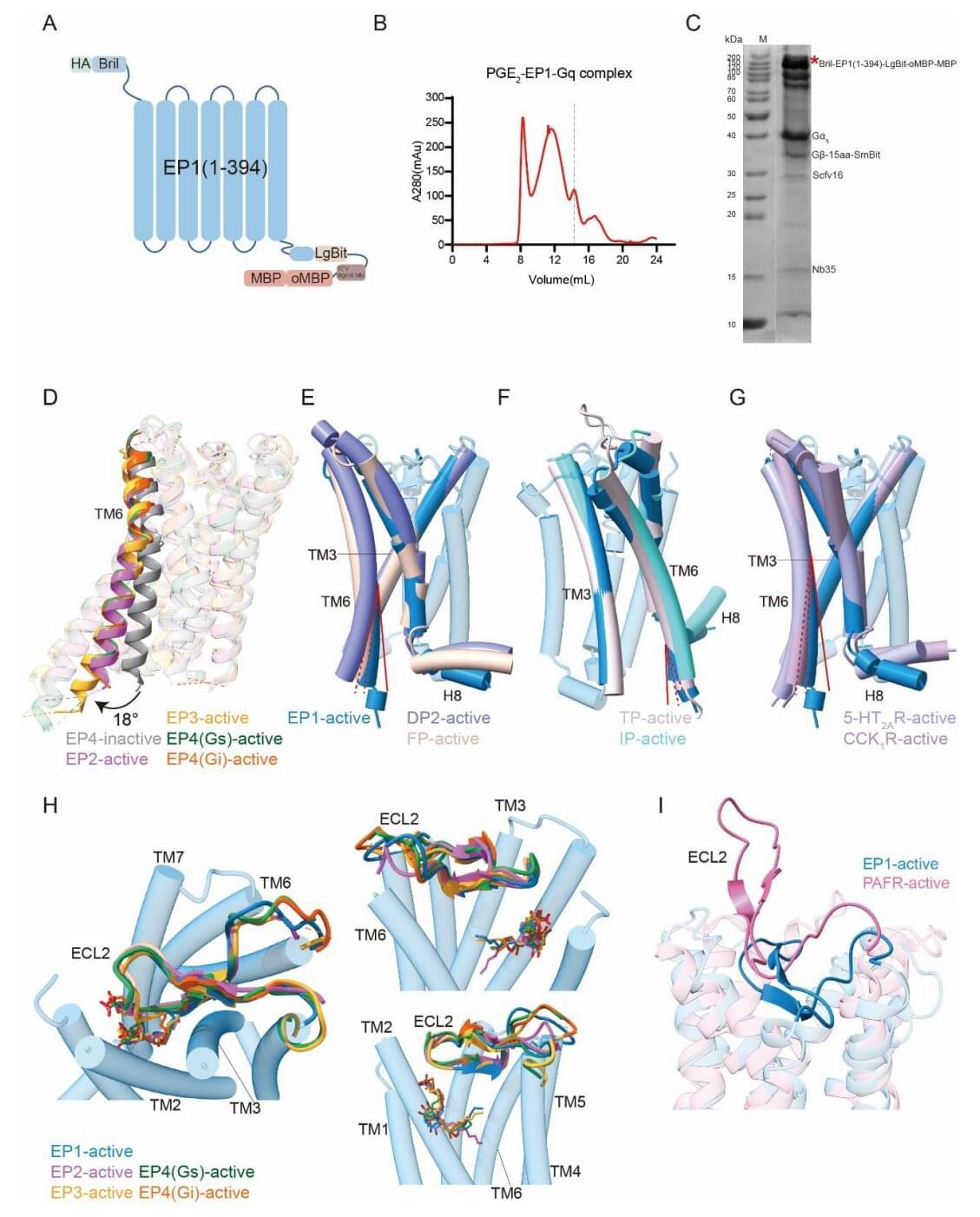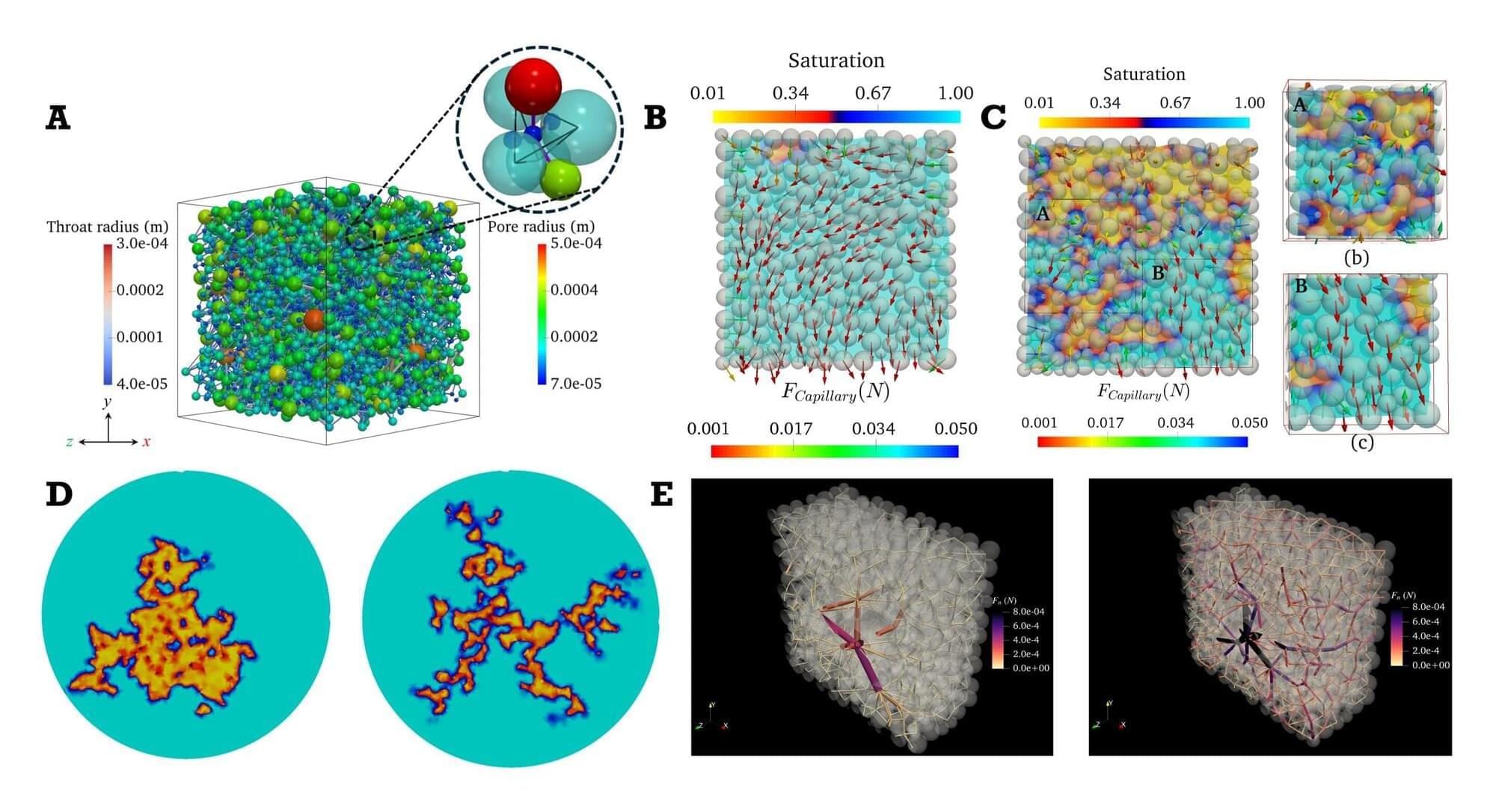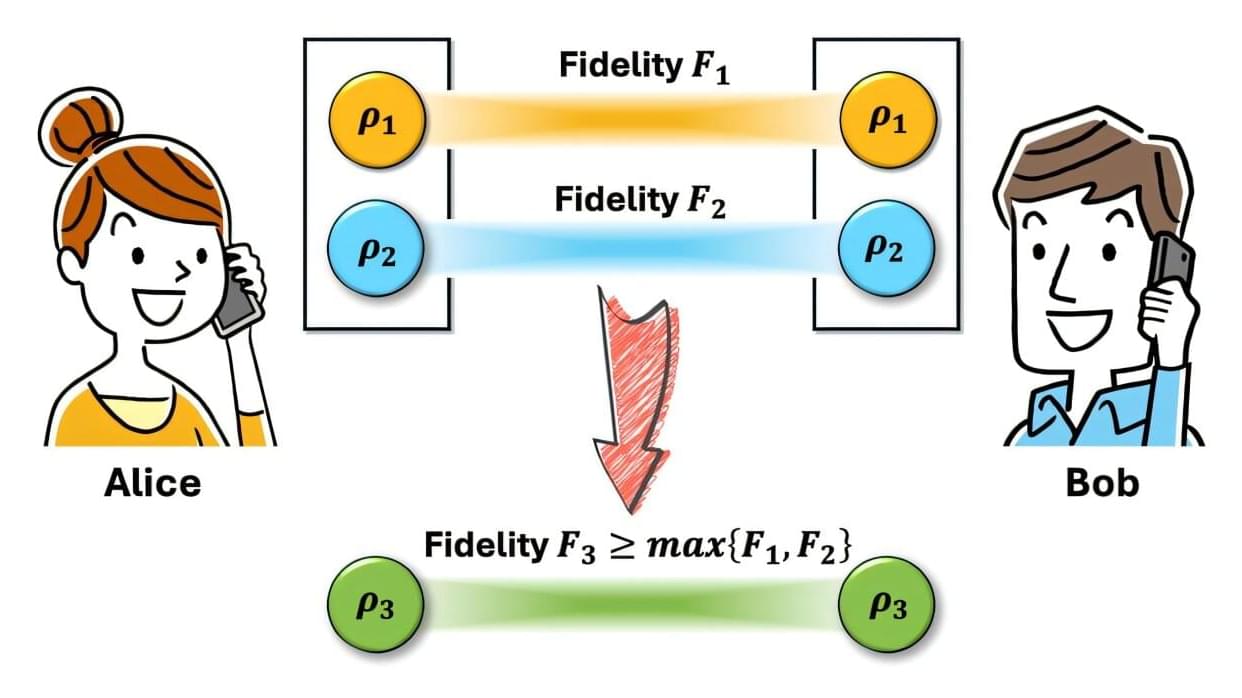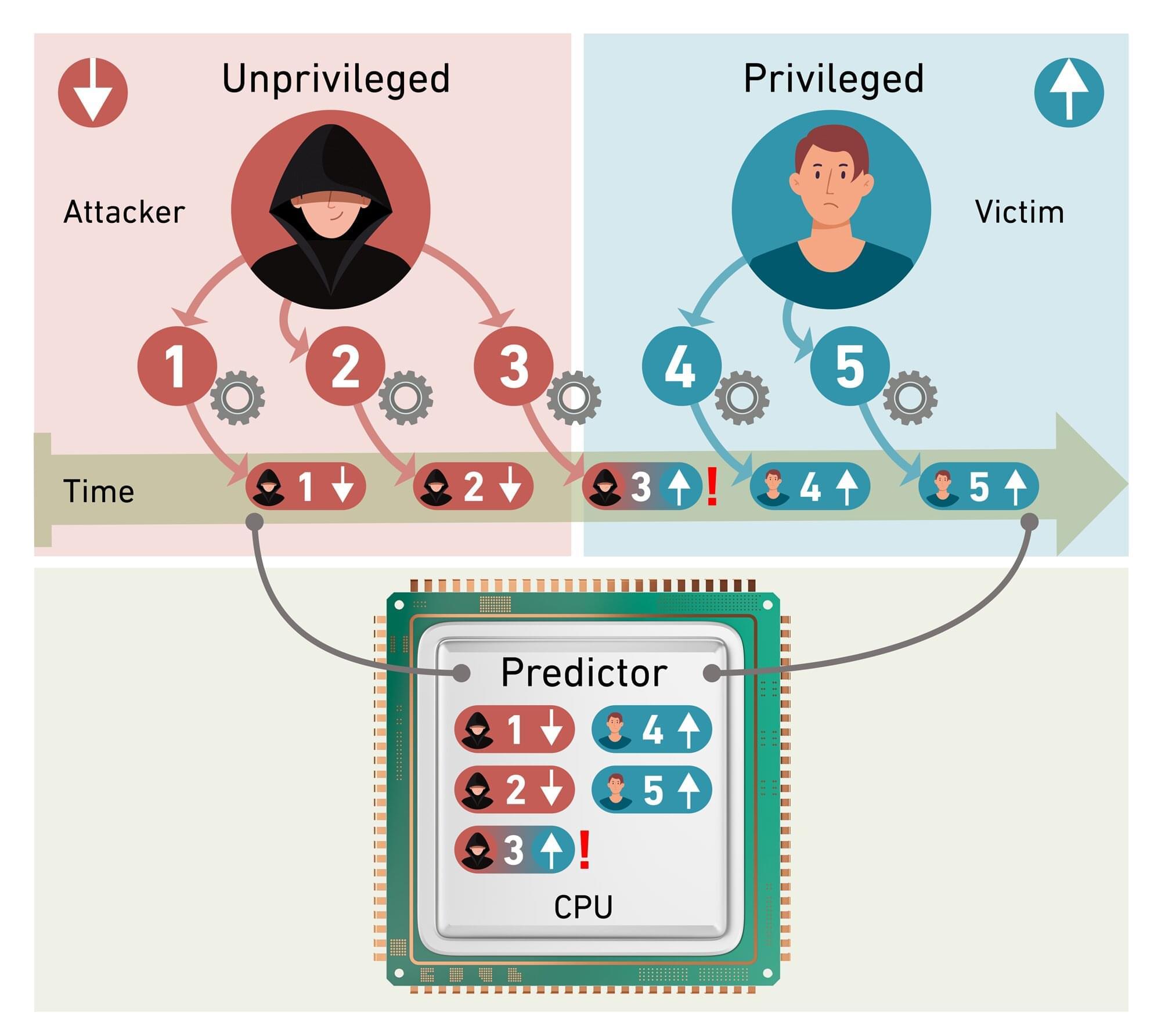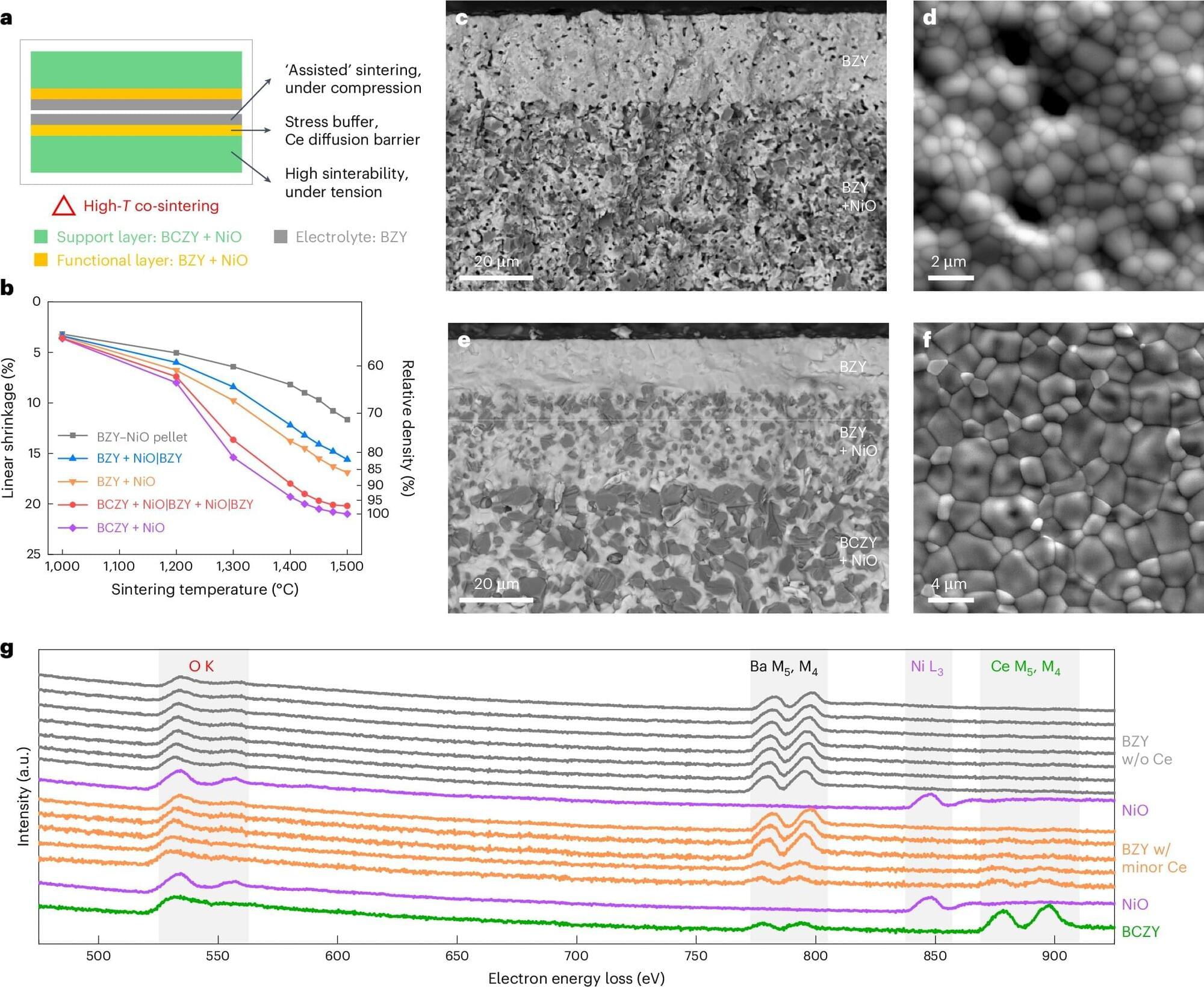White light-emitting diodes (LEDs), the semiconductor devices underpinning the functioning of countless lighting technologies on the market today, were first released to the public in 1996. Following their commercial debut, these devices have fueled significant advancements within the electronics and lighting industry, due to their remarkable energy efficiencies and extended lifespans.
Researchers at the University of Cambridge and ETH Zurich recently carried out a study aimed at re-tracing the development of white LEDs over the past three decades, as well as trends in their costs and innovations in other engineering fields that fueled their advancement. Their paper, published in Nature Energy, was part of a larger research project that investigated the factors driving innovation in the clean energy sector.
“As part of our research, we looked at three key technologies at the forefront of the ongoing energy transition: solar photovoltaics for energy generation, lithium-ion batteries for energy storage, and white LEDs for efficient energy use in lighting,” Michael P. Weinold, first author of the paper, told Tech Xplore.

